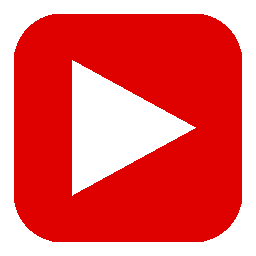I have never been drawn to the oceans in the same manner as I have to the high mountains and the remote wildernesses of this planet. However, exploring the Great Barrier Reef, before the full impacts of climate change are realised, has been high on my bucket list for some time. Not more than 800m long and 300m wide, Heron Island is a small coral cay in the southernmost section of the Great Barrier Reef. It forms part of the Capricorn Bunker group of Islands and is a biodiversity jewel for both bird and marine life.
In a single snorkel I was able to witness more marine life than I have ever done so before. Just some of it included pink whip rays, cow tail stingrays, giant shovel-nose rays, spotted eagle rays, black tip reef sharks, sea turtles and an abundance of fish. It was also pleasing to see plenty of healthy coral, in fact canyons of coral as far as I could see. To be a guest in their blue world was an incredibly humbling experience and hit home just how important it is to protect this resource and how what we do on land is linked to the ocean. No phone reception and no computer were definitely welcome changes. A few days unplugged on a beach really does do wonders for one’s soul, I can’t recommend it enough. I could have stayed for at least a month! It was also a good opportunity to use my Nikonos V and 15mm which all too often sit on the shelf. I actually shot more film than I have ever done on a holiday. Overall I’m happy with the results but still have much to learn, underwater photography is very different!
With a new set of fins I can’t wait to explore more of Australia’s marine parks and underwater life. I suspect it’s not the last time I’ll visit Heron Island but for now I have the dearest of memories.










